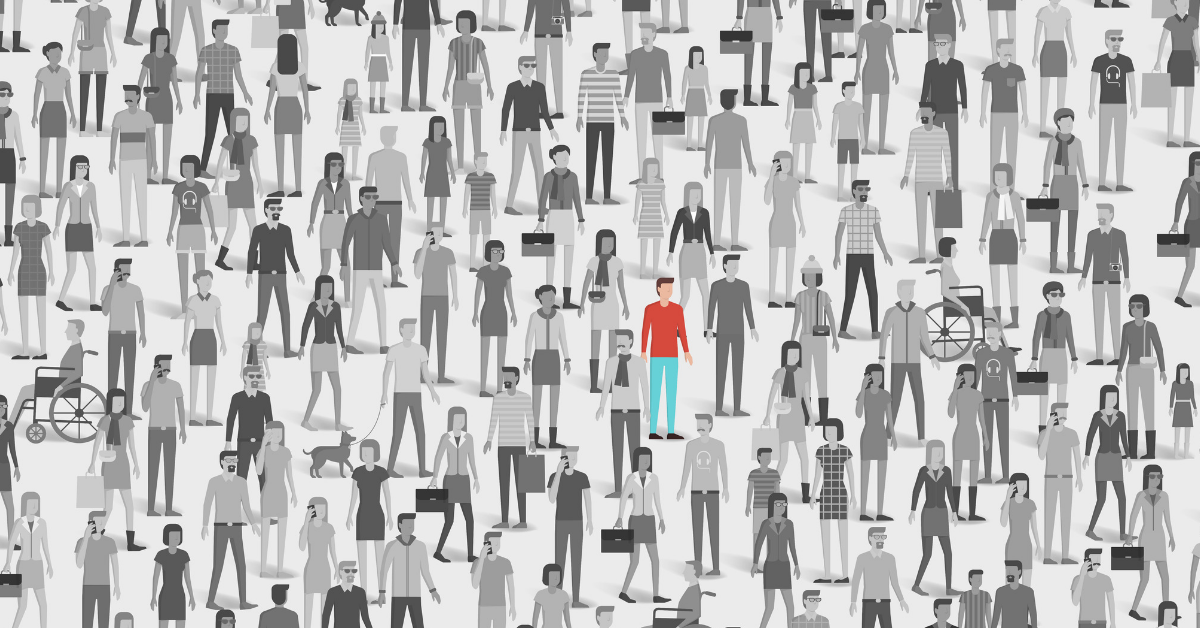|
Encourage students to adjust their writing style based on their intended audience.
Do you change the style, tone, and format of your writing depending on who the writing is for? Of course you do. Do you teach your students to do the same?
Whatever your answer, it’s important for student writers to truly analyze, discuss, and contemplate their audience. Thinking about the audience they are writing for can inject a different form of energy into students and subsequently, their writing. In addition, getting students to adjust their language and writing style based on the audience they’re interacting with is a transferable, life-long skill that will benefit them down the road. I recently introduced a Student Press Initiative project in an 11-12th grade class at one of our long-time partner schools, the Bronx’s Morris Academy of Collaborative Studies (MACS). This class, which is labeled as a Peer Group Connection (PGC) class, consists of 25 junior and senior students that act as peer mentors for incoming freshmen. These 25 PGC students participate in weekly outreaches with freshmen to help support their transition to the academic and social challenges of high school. Peer mentors and mentees that participate in PGC express an increase in their academic achievements, developed social/relationship skills, and are more motivated to graduate high school. Given the impact of this program, the staff and students at MACS wanted every high school in the Bronx to include a peer-mentorship program in their curriculum, and decided the book we would create would promote the PGC program to other principals in the Bronx. And thus, we had our audience.
Who is our audience?
Throughout this project, the students’ writing has been powerful, raw, and passionate. At times, the energy in their writing was so strong that it was challenging to harness and refocus that energy to address our specific audience. To help students keep their audience in mind when writing, we used a few strategies. First, we (myself and the PGC teaching staff) organized the students into three writing groups: pathos, logos, and ethos. We created these writing groups to design an environment in which students could constantly engage with and think about their audience. In addition, these rhetorical devices helped influence students to produce persuasive writing from day one, which added another layer of excitement into the writing process. Second, I designed a graphic organizer called “Who is our Audience?” for students to reference. This tool allowed students to explore their audience (Bronx principals) in multiple ways — what are their interests, their responsibilities, their goals? This activity proved to be influential for students, as it tested their interview skills, allowed them to receive direct feedback from their intended audience, and become more informed writers.
Lastly, we designed a Feedback Rubric that we could use with students while revising their writing. This rubric provides a checklist that writers can reference at any point throughout the writing process, and requires evaluators to reference specific examples from the text. See below for an example of the rubric and how you might complete each section.
Feel free to adjust our graphic organizer and rubric to your own needs, or use them as a starting point for your own project! If you’re interested in seeing the product of our collaboration with the PGC group at MACS, check back on our new releases page — we’ll be releasing our publication with MACS on May 31st. I wouldn’t be surprised if the writing included in this publication convinces you to introduce a peer-mentorship program at your school!
|
|
The Center for Professional Education of Teachers (CPET) at Teachers College, Columbia University is committed to making excellent and equitable education accessible worldwide. CPET unites theory and practice to promote transformational change. We design innovative projects, cultivate sustainable partnerships, and conduct research through direct and online services to youth and educators. Grounded in adult learning theories, our six core principles structure our customized approach and expand the capacities of educators around the world.
|
ABOUT US
525 West 120th Street, Box 182 New York, NY 10027 416 Zankel Ph: (212) 678-3161 cpet@tc.edu Our Team Career Opportunities |
RESOURCES
Professional Articles Ready-to-Use Resources Teaching Today Podcast Upcoming PD Opportunities |
COACHING SERVICES
Custom Coaching Global Learning Alliance Literacy Unbound New Teacher Network Student Press Initiative |
























